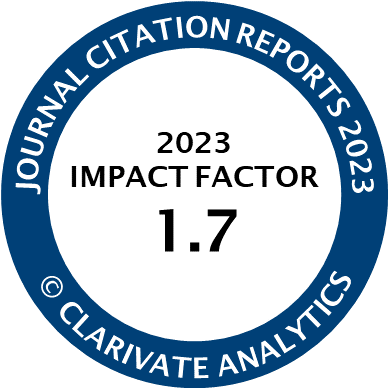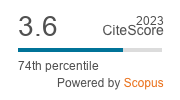Article | Open Access
From Reconstruction to Urban Preservation: Negotiating Built Heritage After the Second World War
| Views: | 792 | | | Downloads: | 519 |
Abstract: Designating parts of the city’s protected areas that are worthy of preservation has been part of urban-planning practice in Europe since at least the 1970s. Such efforts drew on post-war reconstruction planning, which had already addressed questions of which parts of historic city centers were worth preserving or rebuilding. However, the influence of reconstruction planning on the will to preserve historical city centers has so far been under-researched. The central concern of this article is to understand the reconstruction process not only as a moment of planning but also as an instance of inheritance and preservation. Close consideration of Vienna shows that the reconstruction period offered new opportunities, including some for the preservation movement. By designating buildings and entire Altstadt-Inseln (“old town islands”) as worth preserving, an attempt was made to influence the planning process. A review of historic maps and written documents shows how early cartographic and written heritage records guided not only the reconstruction process but also the longer-term development of the city. By exploring the discourse on preservation and repair that was carried out as part of reconstruction planning in Vienna, this article illustrates the consequences of this negotiation process and the ascription of value to monuments and ensembles, which formed the basis for the preservation of “Old Vienna” in the 1960s and 1970s and can still be traced today.
Keywords: heritage negotiation; monument values; protection zones; reconstruction planning; townscape protection; urban preservation; Vienna
Published:
© Birgit Knauer. This is an open access article distributed under the terms of the Creative Commons Attribution 4.0 license (http://creativecommons.org/licenses/by/4.0), which permits any use, distribution, and reproduction of the work without further permission provided the original author(s) and source are credited.




